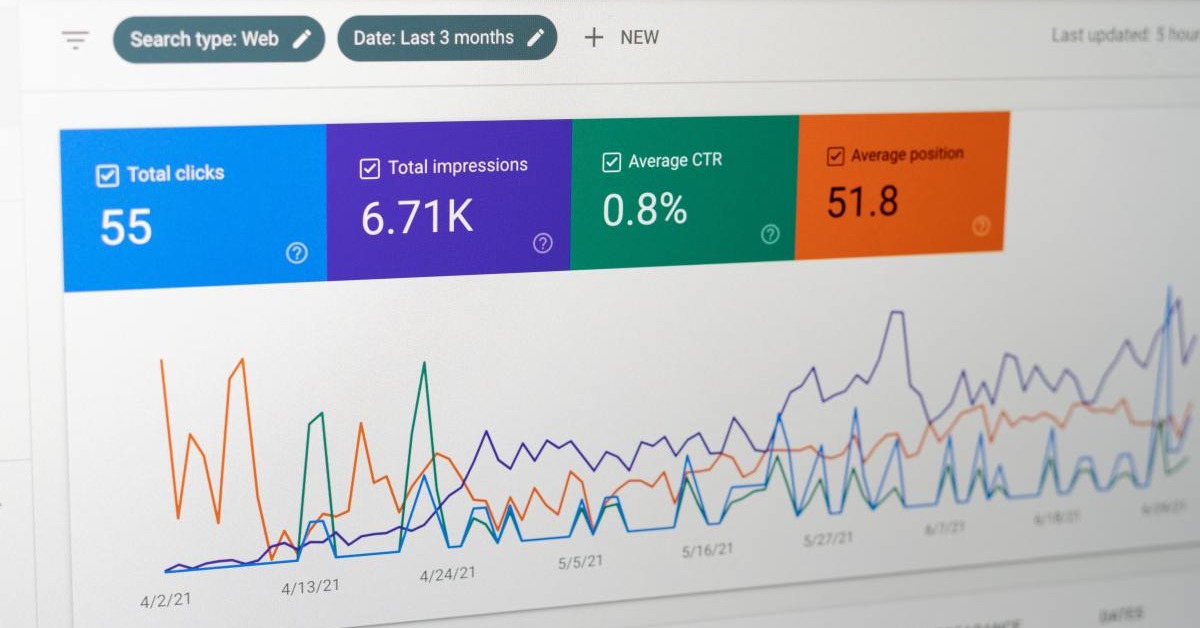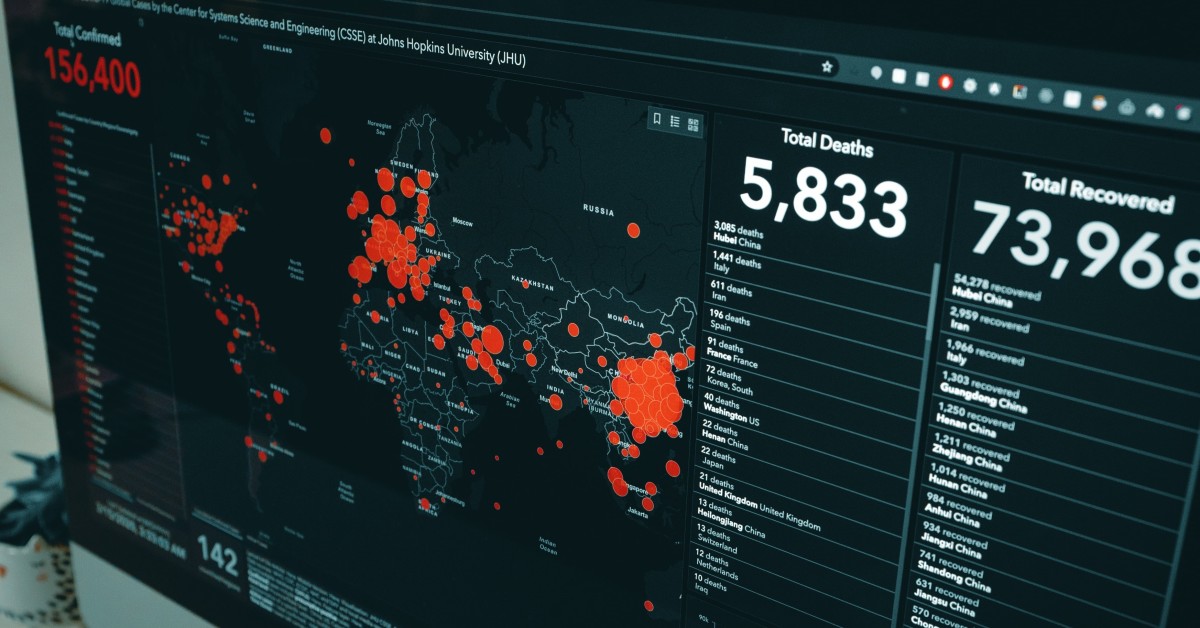
Is Earning a Master's Degree in Business Intelligence Worth It?
Modern business intelligence is all about data, which is why [...]

Becoming a statistician requires hard work and, often, an advanced education. According to the government database O*Net, 65 percent of statisticians have a master’s degree. Twenty percent have a doctoral degree.
While most statisticians pursue graduate education, it’s possible to earn an entry-level position with a bachelor’s degree. Undergraduate choices can play a pivotal role in career trajectory. A quality internship or fellowship looks excellent on a resume. Relevant undergraduate curricula, such as calculus courses, provide a perfect foundation for graduate school success.
Statisticians with advanced degrees often have long, satisfying careers. U.S. News & World Report ranks the title as the third-best business job in the country. The U.S. Bureau of Labor Statistics (BLS) projects employment for mathematicians and statisticians to increase by 31 percent from 2021 to 2031—much faster than the national average for other roles. Many of these professionals work for the federal government, earning high salaries and excellent benefits.
This article explains how to become a statistician. It explores the following topics:
According to a U.S. News & World Report article, statistics is more about data than math. Even so, many in the field pursue a bachelor’s degree in mathematics before their graduate statistics studies commence.
Statisticians may also earn a certification to bolster their resume. Industry standards include the Accredited Professional Statistician (PStat) or Graduate Statistician (GStat). The PStat is designed for a current professional with at least five years of experience as a statistician, while the GStat attracts a less experienced applicant. Earning one of these certificates can make you more attractive to employers. However, certifications are no substitute for higher education.
| University and Program Name | Learn More |
|
Pepperdine University:
Online Master of Business Administration
|
|
|
Boston College:
Master of Science in Applied Analytics
|
|
|
Merrimack College:
Master of Science in Data Science
|
You’ll first need to decide between a Bachelor of Science (BS) and a Bachelor of Arts (BA) in statistics. U.S. News & World Report notes that the BS degree is better for those who plan to attend graduate school, while the BA leads more directly to employment.
U.S. News & World Report names over 160 colleges and universities that offer statistics as a degree pathway, making it a popular major, though it’s not the only choice for aspiring statisticians. Many professionals choose to earn a degree in computer science instead.
The first step to earning a bachelor’s in statistics is college admission. A transcript heavy in math courses and a good Advanced Placement Calculus test score will likely boost your admissions chances. Accredited colleges also require excellent SAT scores—especially in mathematics.
Institutions typically look for well-rounded applicants with interests outside of statistics. A compelling personal statement and solid letters of recommendation will make you stand out on any application.
Most statisticians earn a master’s, but choosing the right degree can be challenging. First, you’ll choose between a Master of Arts (MA) and a Master of Science (MS) in Statistics. The difference can be hard to quantify, and often differs by school.
Next, you’ll need to pursue a master’s in statistics or a master’s in applied statistics. Again, the difference can be nominal. At one school, applied statistics may mean a slightly more practical focus than traditional statistics. At another, it may mean additional elective opportunities.
No matter the focus, you’ll take a wide range of statistics courses during your degree program, including classes like:
As with bachelor’s degrees, a master’s in statistics is not the only advanced pathway for statisticians. Many opt to earn a master’s in data analytics, master’s in mathematics, or master’s in computer science. All can qualify you for a statistics or data career.
Butler University’s data analytics program includes statistical modeling and methods coursework. Students looking to specialize can pursue a concentration in business or healthcare.
Master’s in statistics programs likely won’t require work experience. Instead, they favor applicants with solid mathematics backgrounds, including subjects like multivariate calculus and linear algebra. Applicants from different educational backgrounds can often apply to a degree program on the condition they complete remedial coursework before starting the program.
Master’s in computer science and data science programs often impose experience requirements. Two or more years in a role like data analyst stands out as an excellent qualification.
Traditional graduate school application requirements include submitting a personal statement, letters of recommendation, your resume, undergraduate transcripts, and standardized test scores—if the school requires them. Every program sets unique requirements. Many only admit students with an undergraduate GPA of 3.0 or above, for example.
It is possible to earn a master’s in statistics—or any of the previously mentioned degrees—online. Educational standards for online programs are just as strict as their in-person counterparts.
Working students typically favor distance learning because it allows them to pursue an education while maintaining their careers. Distance programs often enable students to complete coursework on their own time and avoid travel—unless the program requires attendance at in-person workshops.
Professional students may need their employer’s permission. Employers may even provide tuition assistance.
Becoming a statistician is a popular career path for those with a master’s in statistics. These professionals use techniques like data modeling and visualization to find and share insights with non-statisticians.
Statisticians can also specialize. For instance, biostatisticians rely on the same visualization and analytical skills but work specifically in healthcare and public health. These professionals can track diseases and evaluate risk. According to O*Net, statisticians and biostatisticians earn a median annual wage of $95,570.
You may also choose to pursue a career as an actuary. Actuaries perform risk analysis. They typically work for insurance companies developing policies, but can also work in company management, for the government, and in science. The BLS notes that these professionals earn over $105,000 annually on average and projects their demand to increase by 21 percent from 2021-2031.
Finally, people with a master’s in statistics can pursue careers as data analysts or data scientists. Early career professionals are usually analysts. They perform tasks related to data collection, organization, and interpretation. Data analysts typically do not build collection systems. Instead, they use the tools data scientists create to obtain and study information. Data scientists often leverage machine learning and artificial intelligence to collect data. They typically have a macro view and work directly with management.
Questions or feedback? Email editor@noodle.com

Modern business intelligence is all about data, which is why [...]

A master's degree in statistics offers graduates a breadth of [...]

Statisticians work across employment sectors that include government, business, healthcare, [...]

The human eye blinks an average of 4,200,000 times a [...]

Looking for a career in academics, actuarial science, business analytics, [...]
Categorized as: Business Intelligence & Analytics, Data Science, Information Technology & Engineering